Certainly in realm of possibility.
Glad to hear someone is working on it.
One question though, wouldn't you need more than the rootstock to be well adapted to the cold?
Personally I think going with related species that shows (normally) some type of cold tolerance would be better.
That way your only looking for one major genetic abnormality. (pH)
Have no idea how these species taste though.
My few cents
Yes, in South Florida we would prefer to find a Rambutan Seedling (‘Trophy?’) with 2 genetic traits that will compensate for (1) the Winter Cold Weather, and (2) the Soil pH of the S. Florida environment. I agree that this is well within the realm of possibility and quite doable, since we have to compensate for just 2 variables: Weather and Soil-pH.
Side-Note: The odds of success, of finding a ‘Trophy’ Rambutan are very good because there are only 2 variables to achieve in order to win. In the Cash-3 Florida Lottery Game for example, you have to get 3 numbers correct in order to win.
In my previous New-Strategy (Part 1/2),
the Speed of finding ‘Trophy’ Rambutan is really fast (about 1-2 years) if the Rambutan seed is planted (or potted) Only in South Florida soil. In other words, your answer from Nature, time wise, is quick: Rambutan-Seedling-Death OR Rambutan-Seedling-Life. And, yes, when you get Life (‘Trophy’ Rambutan), You will need to get verification that it does thrive in this environment, by observing its development through several winters. The more years pass by, the more confirmation that You indeed have the ‘Trophy’ Rambutan.
With regards to New-Strategy (Part 2/2),
You are basically Scott Free as they say. The good thing is that you then have Options. For Example:
(1) You could wait however long it takes for the tree to bear fruit and be surprised by its quality or lack thereof.
(2) Import different varieties of Rambutan that produce quality Rambutan fruit and graft them onto the ‘Trophy.’ Then, time will tell which one is most compatible with the weather-variable. This approach, although it is quite doable, because you just have to compensate for just 1 variable (the Weather), it does require some: Import/Export expertise, $Money, and Time (I would guess about 5 years).
(3) Maybe multiple Fruit Enthusiasts, possibly in this Forum, will find multiple Rambutan Seedlings that Thrive in the South Florida environment, now that would be the ultimate preferred outcome. It would be the beginning of a solid South Florida Rambutan Industry consisting of multiple South Florida Rambutan Cultivars.





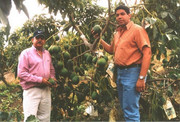
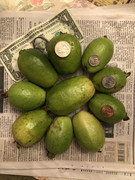

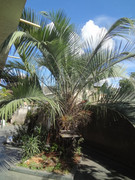
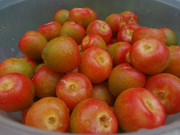
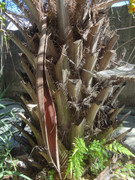
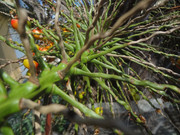
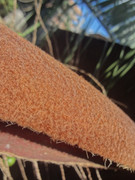

 OB1, but it’s not our only hope [couldn’t resist]. This is News to me. And, although it would then just be another hurdle, it appears to me that Common Sense would dictate that it’s not an insurmountable hurdle.
OB1, but it’s not our only hope [couldn’t resist]. This is News to me. And, although it would then just be another hurdle, it appears to me that Common Sense would dictate that it’s not an insurmountable hurdle.